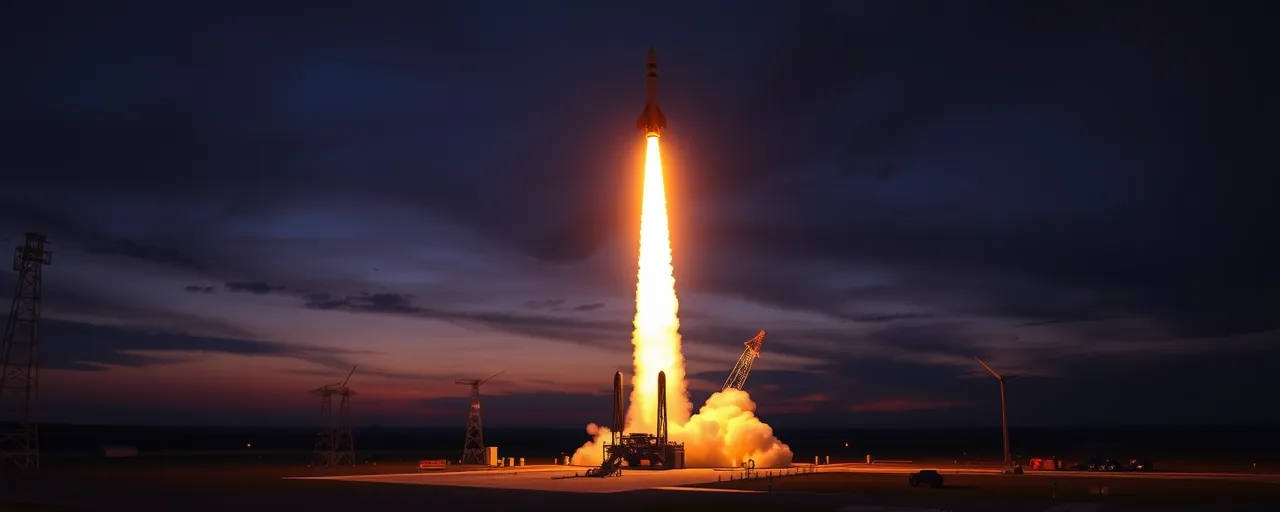A Race Against Time
The United States faces a daunting challenge. Its nuclear arsenal, a bedrock of security since the Cold War, is growing outdated. Air Force Gen. Thomas A. Bussiere, speaking to the Senate Armed Services Committee, made the stakes clear: modernizing these systems is critical to deterring catastrophic attacks. But this effort involves more than upgrading weapons. It requires supporting the people who maintain them and navigating a world where rival powers are gaining ground.
The nuclear triad—land-based missiles, strategic bombers, and submarine-launched warheads—has underpinned deterrence for decades. Systems like the Minuteman III missiles and B-52 bombers, built in the last century, are nearing the end of their lifespans. Replacing them is a complex, costly endeavor. Meanwhile, nations like China and Russia are advancing their own arsenals, creating pressure to act quickly.
Global instability adds urgency. North Korea’s missile tests, Iran’s nuclear ambitions, and growing coordination among U.S. adversaries signal a shifting balance of power. The question is whether the U.S. can modernize its nuclear forces while addressing workforce shortages and budget constraints. Success depends on blending technology, human talent, and diplomacy to keep conflicts at bay.
The Price of Modernization
Upgrading the nuclear triad is a massive undertaking. The Sentinel program, designed to replace Minuteman III missiles, has seen costs surge by over 80%. Renovating 450 missile silos adds billions to the tab. The Columbia-class submarines, vital for sea-based deterrence, face construction delays and budgets far exceeding early projections. The B-21 Raider bomber, a stealth aircraft, remains on a tight schedule. These efforts, expected to cost over a trillion dollars, test fiscal and political resolve.
Navy Vice Adm. Johnny Wolfe Jr. highlighted the sea-based leg’s critical role. Trident II missiles and future sea-launched cruise missiles ensure survivability, but maintaining them demands constant investment. The Navy’s hypersonic program further complicates the equation. Each component relies on a small pool of skilled workers—engineers, technicians, and nuclear experts—who are increasingly hard to find.
The human factor is pivotal. Bussiere noted the strain on airmen and their families, with limited resources affecting morale and readiness. Wolfe stressed the Navy’s dependence on specialized talent. A shrinking defense workforce, down significantly since the 1980s, underscores the challenge. Without enough trained professionals, even advanced technology risks falling short.
A Shifting Global Landscape
The push for modernization responds to a volatile world. China aims to expand its nuclear stockpile to over 1,000 warheads by 2030. Russia’s actions, particularly since invading Ukraine, include nuclear posturing. North Korea’s missile launches and Iran’s nuclear program heighten tensions. Bussiere pointed to increased collaboration among these nations, creating a security environment more complex than any in decades.
New technologies amplify the challenge. Russia and China are deploying hypersonic weapons, which evade traditional defenses. Cyber threats target nuclear command systems. Low-yield warheads blur tactical and strategic lines, raising escalation risks. These shifts demand a U.S. arsenal that is both flexible and reliable, capable of deterring diverse threats.
Perspectives on the response vary. Some policymakers advocate for a robust triad to ensure unmatched strength and reassure allies. Others prioritize diplomacy, arms control, and investments in non-nuclear tools like missile defenses. Both sides see the high stakes: failing to deter could invite aggression, but overspending might starve other priorities, from infrastructure to climate action.
Charting the Future
The debate over nuclear modernization reflects broader questions about security and resources. Those favoring a strong triad argue it deters adversaries and supports allies, citing the Cold War’s success in preventing nuclear conflict. Others question the costs, advocating for arms control and redirecting funds to cyber defenses or global challenges. Both views grapple with the same reality: deterrence must evolve in a multipolar world.
Workforce shortages pose a persistent hurdle. The defense industry is working to rebuild its talent pool through STEM programs, upskilling, and recruiter partnerships. Yet competition with tech giants, security clearance delays, and an aging workforce complicate efforts. Addressing this requires sustained investment in education and training, not just hardware.
The U.S. faces a delicate task: maintaining a credible deterrent, controlling costs, and adapting to rising nuclear risks. This challenge demands careful planning and tough decisions. By balancing strength with stability, the nation can aim for a future where deterrence holds firm and global tensions ease, even if the path ahead remains uncertain.
